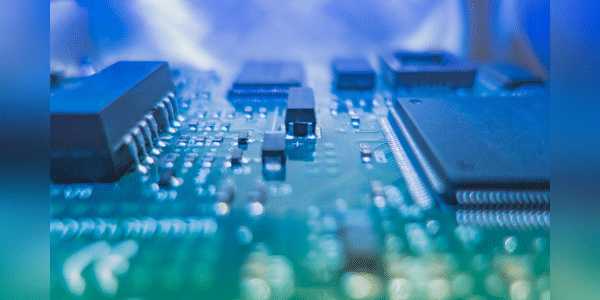You would think that everyone would realise the extreme importance of chips. But it's quite likely that what we're seeing now is just the beginning, and there's still plenty of time to jump on the bandwagon!

And it seems that this is not just conjecture. It is only in the last two years that the United States has fully understood that semiconductors are now as important to the modern economy as oil.
Chips are everywhere. In 2021, the average car contained about 1,200 chips worth $600, twice as many as in 2010. Last year, carmakers lost $210 billion in sales because of missing chips. Competition with China has fuelled fears that it could dominate key chip sectors, whether for civilian or military purposes, or even block US access to parts. Which is understandably fuelling a huge hunger for the sector.
The government and companies are now spending billions on a huge effort to build up domestic chip production and secure supply. It's a big bet on an industry that sets the contours of…